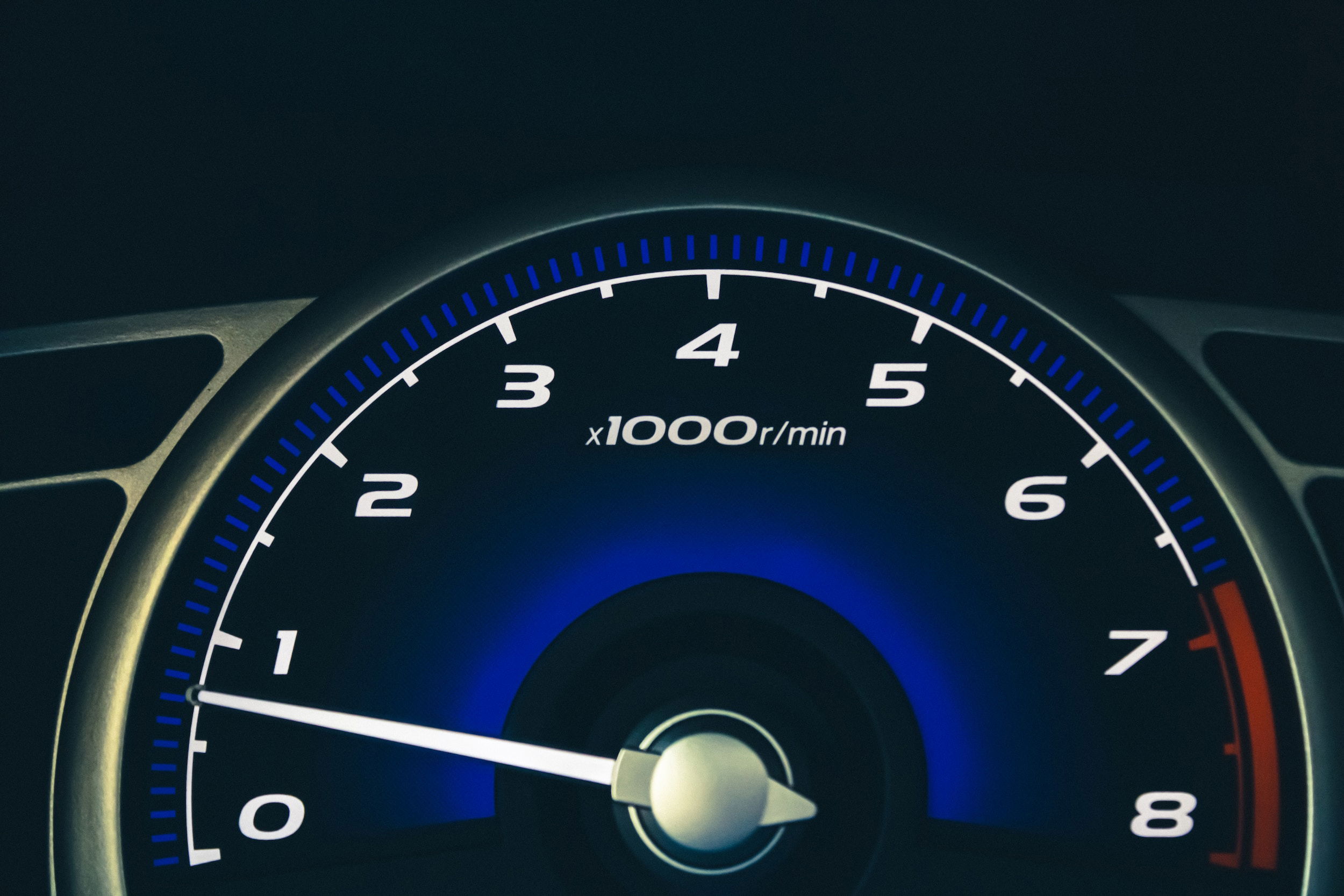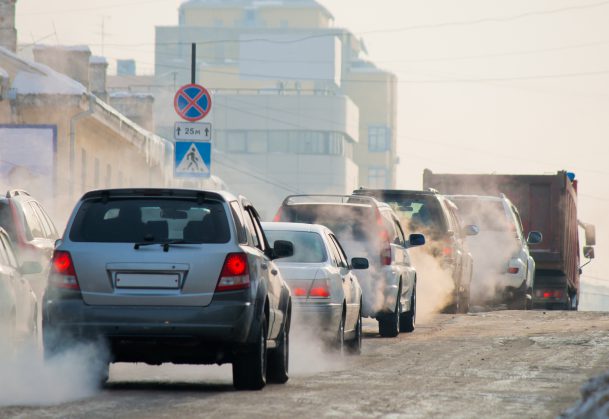Understanding Idle Speed in Cars: Why 700 RPM Is the Sweet Spot
The complicated dynamics of engine idling in vehicles is hardly lost on car owners and drivers. Many drivers, especially those of us who owe their motoring experience to older models, have often wondered about the potential performance and energy- and cost-saving implications of our vehicle’s engines idling at lower or higher RPMs.
The reality is that a car’s idle speed, typically set at around 700 RPM, plays a crucial role in the engine’s smooth operation and overall vehicle performance. In fact, you could learn a lot about your vehicle’s health by how it idles.
Here, we'll delve into the reasons behind this common idle speed and explore why extremes like 100 or 200 RPM wouldn't be practical choices. We'll also touch on innovative features like auto idle stop, which are designed to save fuel but come with their own set of considerations.
Related Reading: 15 Most Fuel-Efficient V6 Engine Cars 2023
The Importance Of Idle Speed

Idle speed refers to the revolutions per minute (RPM) at which an engine operates when the vehicle is stationary, such as at a traffic light or in a parking lot. This seemingly simple aspect of automotive engineering is carefully calibrated to strike a balance between various factors that affect engine health and fuel efficiency.
Idle speed is a complex interplay of factors like air/fuel mixture and manifold absolute pressure. So, achieving the perfect idle involves adjusting both speed and mixture to ensure the engine operates at its peak efficiency.
Typically, this ideal speed falls in the range of 650 to 700 RPM for most cars, although it can vary based on tuning and design. Slower idle speeds require a larger flywheel to maintain engine stability. However, this approach sacrifices acceleration performance since energy is diverted into spinning up the heavy flywheel.
You could say you’ve encountered engines that idle at extremely low RPMs like 300 RPM. Be as it may, it's crucial to understand that such setups are highly specialized and not suitable for typical driving conditions. The camshaft's low lift and short duration indicate a focus on idling rather than performance.
Clearly, such a setup would require extensive rebuilding and modifications to function properly. Notably, motorcycles, especially those with smaller engines, require higher idle speeds to maintain stability during idling. So, it ultimately boils down to matching idle speed to the engine's design and intended use.
1. Avoiding Low RPM:
Lowering the idle speed to 100 or 200 RPM, as our economy-conscious mind might suggest, might seem like a way to save gas. However, this would have adverse consequences. Why?
At such low RPM, the engine wouldn't generate enough power to run critical components like the water pump, alternator, power steering pump, and air conditioning compressor.
This could lead to overheating, battery drain, steering difficulties, and reduced comfort. Additionally, inadequate air and oil supply could result in poor combustion, carbon buildup, and accelerated engine wear.
2. The Pitfalls Of High RPM:
Conversely, setting the idle speed too high is problematic as well. An excessively high RPM can lead to increased fuel consumption, emissions, and noise.
It can also impact the transmission and brakes, causing unexpected vehicle movement when shifting gears or applying brakes. Moreover, the engine might experience more friction and heat, leading to premature wear.
Related Reading: BMW N57 Straight-Six Diesel Engine: The Dynamics Of Engine Performance And Fuel Efficiency
Why 700 RPM Works

Generally, the typical idle speed for regular cars is between 600 and 1,000 RPM, and you can expect your car is most likely burning too much fuel if idling at a RPM above 900 with a warm engine. What your car’s engine needs is just enough rev to power the ancillary systems without propelling the car.
So, the 700 RPM idle speed strikes a balance between these extremes, optimizing engine performance and fuel efficiency. It ensures that the engine runs smoothly, provides enough power for essential components, and minimizes unnecessary fuel consumption.
This makes it a sweet spot for most cars, contributing to reliable operation and reduced environmental impact. In short, idle speeds in cars are finely tuned for a balance between performance, efficiency, and stability.
While it is understandable to wish for extremely low idle speeds, practical considerations, like maintaining engine components' health and ensuring smooth acceleration, often dictate the typical idle speeds we see in everyday vehicles. However, modern automotive engineering continues to push the boundaries of what's possible.
Auto Idle Stop: A Modern Innovation

Indeed, modern car technology has come a long way in optimizing idle speeds for efficiency and performance. While 700 RPM is the norm for many cars, there's no one-size-fits-all solution.
Some vehicles, like hybrids, have pushed the boundaries by idling at 0 RPM. Toyota's innovative approach of idling at 0 RPM in their hybrid cars is a testament to this progress. In these hybrid vehicles, the engine remains dormant when not needed, reducing fuel consumption and emissions.
So, whether you're driving a traditional gasoline-powered car or an advanced hybrid, rest assured that the idle speed has been carefully fine-tuned to strike that delicate balance between power, efficiency, and reliability. In recent years, auto manufacturers have introduced features like auto idle stop to enhance fuel efficiency further.
This technology automatically shuts off the engine when the vehicle comes to a complete stop, such as at a traffic light. While this feature can save fuel, it comes with a slight lag when the engine restarts upon releasing the brake. While not ideal for drag racing, it's perfectly suitable for everyday driving, particularly during short trips and errands.
Summarily,
Idle speed in cars isn't a random number; it's a carefully considered engineering choice that balances engine health and fuel efficiency.
The 700 RPM range has proven to be a reliable standard for most vehicles. Innovations like auto idle stop demonstrate ongoing efforts to make cars more eco-friendly without sacrificing convenience. So, the next time you're waiting at a red light, remember that your car's idle speed is optimized to keep you moving smoothly and efficiently.